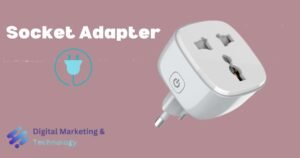Electric vehicle battery technology stands at a turning point that could reshape the entire automotive landscape. Current lithium-ion batteries have brought us this far, but the next wave of innovations promises to solve the biggest challenges holding EVs back: limited range, slow charging, and high costs.
This guide is for EV enthusiasts, potential buyers, and industry professionals who want to understand which battery tech innovations will actually make it to market and change how we think about electric vehicles.
We’ll explore solid-state batteries that could deliver 50% more range with faster charging, silicon anode technology that’s already extending driving distances in real-world applications, and emerging sustainable battery manufacturing processes that address environmental concerns. You’ll also discover how these advances connect to next-generation charging infrastructure that could make 10-minute fill-ups a reality.
Table of Contents
Solid-State Batteries: The Next Generation of Battery Tech
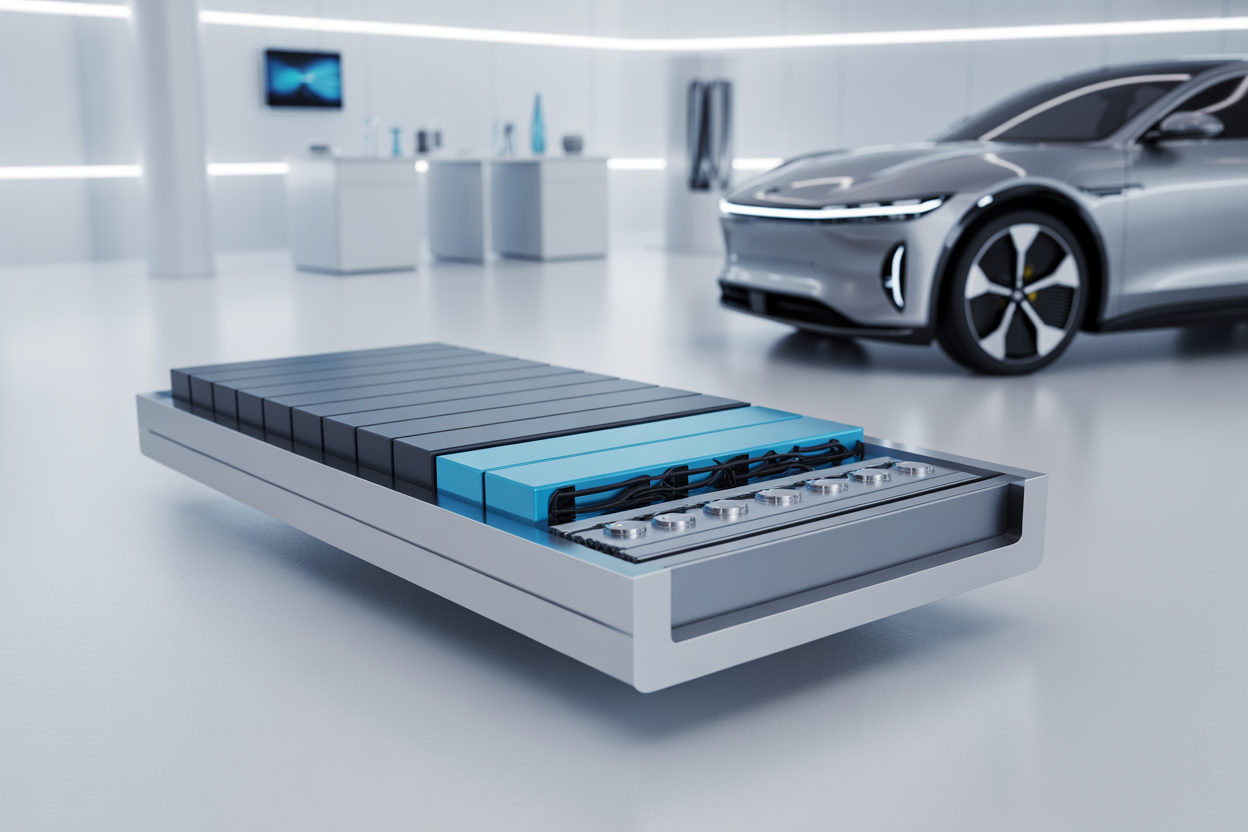
Higher Energy Density Delivers 50% More Driving Range
Solid-state batteries represent a revolutionary leap in electric vehicle battery technology, offering substantially higher energy density compared to conventional lithium-ion cells. According to Toyota’s announced battery plans, a pack employing solid-state battery technology could improve driving range by nearly 70 percent. This dramatic improvement stems from the solid electrolyte’s ability to operate at higher voltages while occupying less space than traditional liquid electrolyte systems.
Ultra-Fast Charging Times Through Reduced Internal Resistance
The shift from liquid to solid electrolytes eliminates many of the charging bottlenecks that plague current EV batteries. Toyota’s solid-state battery development indicates that DC fast-charging time from 10 to 80 percent could be reduced from 30 minutes to just 10 minutes. This ultra-fast charging capability results from the solid electrolyte’s superior ionic conductivity and reduced internal resistance, making long-distance EV travel more practical than ever before.
Enhanced Safety with Elimination of Fire Risks
One of the most compelling advantages of solid-state batteries is their dramatically improved safety profile compared to conventional lithium-ion cells. Unlike liquid electrolytes, which are flammable organic solvents prone to leakage and thermal runaway, solid electrolytes are chemically stable and non-flammable. This eliminates the risk of battery fires and removes the need for complex safety systems currently required to prevent electrolyte leakage in traditional EV batteries.
Extended Battery Lifespan with Superior Degradation Resistance
Solid-state batteries demonstrate exceptional longevity due to their inherently stable chemical composition. The solid electrolyte is less prone to unexpected side reactions that typically cause battery material degradation in liquid electrolyte systems. Additionally, solid electrolytes can operate effectively across wider temperature ranges, from high-temperature environments to cold conditions, without the thermal sensitivity that limits conventional lithium-ion battery performance and lifespan.
Advanced Battery Chemistries for Cost-Effective EVs
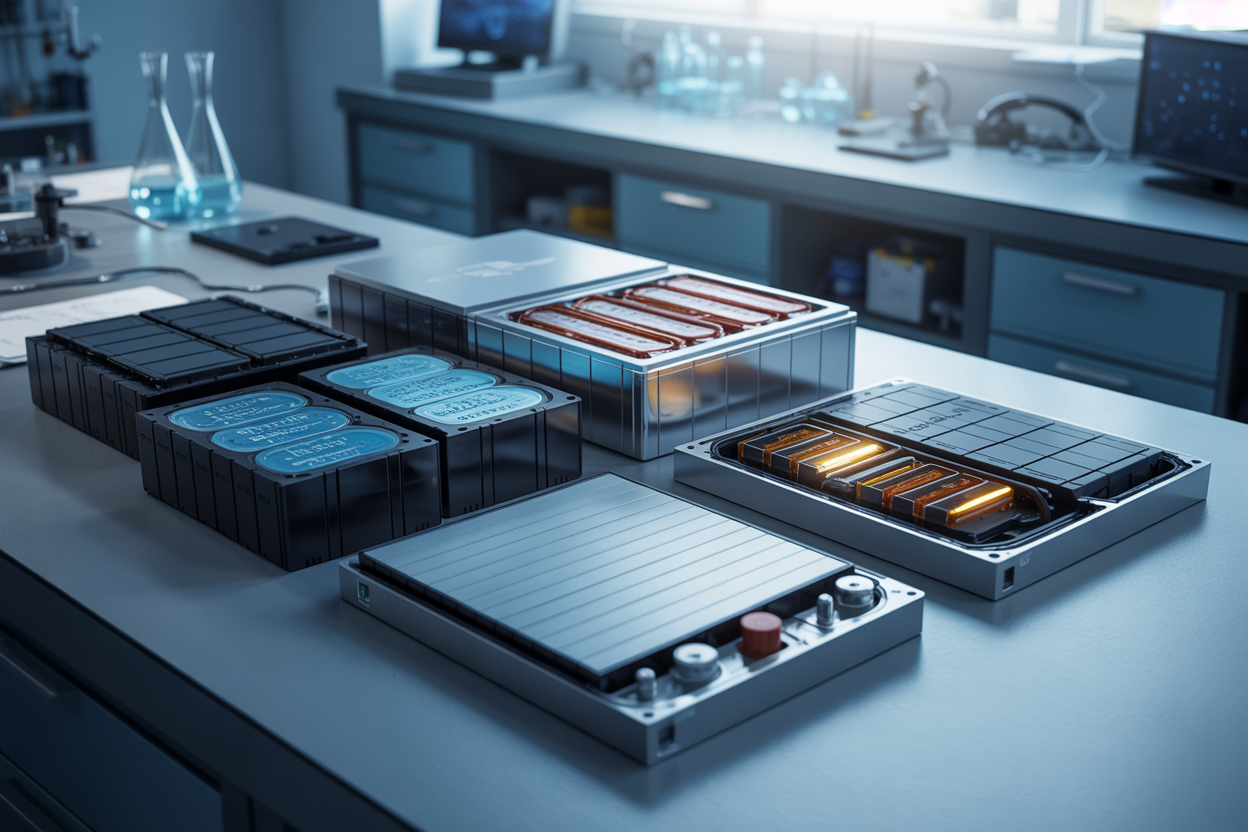
Lithium Iron Phosphate Batteries Reduce Costs and Improve Durability
Lithium iron phosphate (LFP) batteries are revolutionizing the electric vehicle market through significant cost advantages and enhanced durability. These batteries utilize abundant materials like iron and phosphate rather than expensive cobalt and nickel, making them substantially more affordable to produce. The cost benefits are dramatic – LFP batteries were available for as low as $56/kWh by 2024, compared to traditional NMC batteries, with projections suggesting prices could drop to $44/kWh.
Manganese-Rich Cathodes Eliminate Cobalt Dependency
Now that we understand LFP’s cost advantages, manganese-rich cathode technologies represent another breakthrough in eliminating problematic materials from EV batteries. These advanced chemistries remove cobalt entirely from the equation, addressing both supply chain constraints and ethical concerns. With cobalt being supply-constrained and expensive, manganese-rich alternatives provide manufacturers with more sustainable sourcing options while maintaining performance standards essential for electric vehicle applications.
Sodium-Ion Batteries Leverage Abundant Materials for Lower Prices
Previously covered lithium-based solutions show promise, but sodium-ion batteries represent the ultimate in material abundance for cost-effective EVs. Sodium is one of the most plentiful elements available, offering virtually unlimited supply potential compared to lithium resources. This abundance translates directly into lower material costs and enhanced supply chain security, positioning sodium-ion technology as a game-changing solution for mass-market electric vehicle adoption where cost remains the primary barrier to widespread consumer acceptance.
Silicon Anode Technology for Maximum Performance
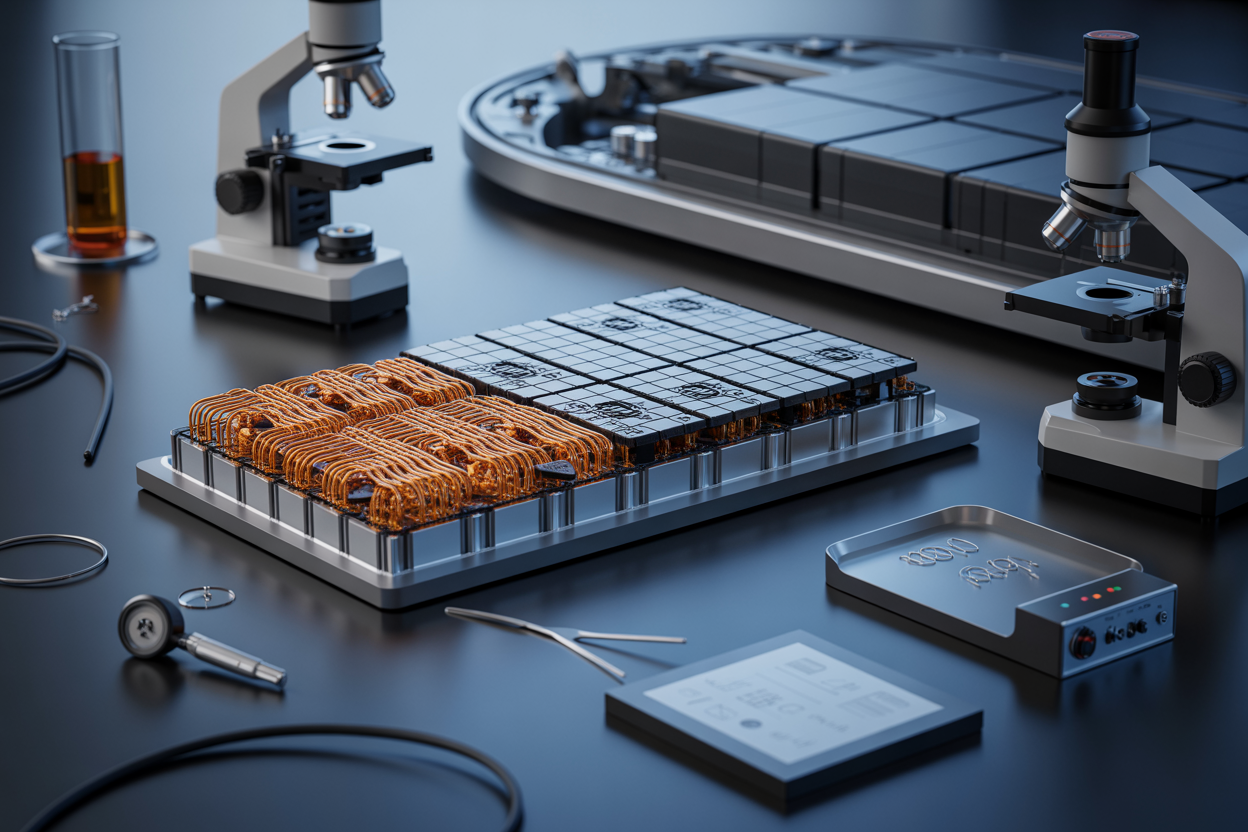
Ten Times Higher Energy Storage Capacity Than Graphite
Silicon anode technology represents a quantum leap in electric vehicle battery technology, offering energy storage capabilities that dwarf traditional graphite anodes. Silicon’s fundamental advantage lies in its ability to carry five times as much energy as graphite, with some implementations achieving specific energy of at least 330 watt-hours per kilogram compared to Tesla’s top-performing nickel-rich 4680 cells that range from 272 to 296 Wh/kg. This dramatic improvement stems from silicon’s superior lithium-ion absorption properties, where companies like Group14 Technologies have developed nanostructured silicon-carbon composites that can boost energy density by up to 50 percent versus today’s best nickel-rich batteries.
547-Mile Range Capability in Real-World Applications
The enhanced energy density of silicon anode batteries directly translates to unprecedented driving ranges for electric vehicles. Sionic Energy’s advanced battery platform demonstrates volumetric density of at least 842 watt-hours per liter, significantly surpassing conventional lithium-ion technology. Companies like Molicel are already implementing this technology in high-performance applications, with their P-Series cells capable of charging from 0 to 100 percent in just 12 minutes. Even more impressive, their Series X development promises charging from empty to full in as little as 90 seconds, opening possibilities for extended range capabilities that could eliminate range anxiety entirely.
Cost-Effective Production Using Earth’s Most Abundant Elements
Silicon’s abundance as Earth’s second most common element makes it an ideal candidate for scalable, cost-effective battery production. Group14 Technologies has successfully developed manufacturing processes that work seamlessly in existing lithium-ion facilities, requiring minimal infrastructure disruption while delivering superior performance. Their Moses Lake facility, set to open in Q1 2025 with 4,000-ton annual capacity, demonstrates the commercial viability of silicon anode technology. The company’s SCC55 material is already being used in millions of smartphones and has secured multi-year binding agreements worth at least $300 million with major EV manufacturers, proving that silicon anode batteries have moved from theoretical concept to commercial reality.
Emerging Battery Technologies with Revolutionary Potential

Lithium-Sulfur Batteries Offer Superior Energy Density at Lower Cost
Lithium-sulfur batteries represent a breakthrough in next generation EV batteries, delivering more than twice the energy density of conventional lithium-ion technology. Unlike traditional batteries, these systems eliminate expensive materials like nickel, cobalt, and manganese, resulting in an estimated 60% lower carbon footprint than today’s best-in-class batteries while offering a pathway to achieve the lowest emissions EV battery on the global market.
Graphene Batteries Enable Ultra-Fast Charging and Heat Management
Graphene oxide has emerged as a game-changing addition to lithium-sulfur cathodes, substantially improving battery performance by solving critical challenges like polysulfide drift that previously limited cycle stability. Advanced graphene applications include embedding sulfur particles within graphene matrices and coating sulfur microparticles with graphene “blankets,” which prevent polysulfides from detaching from cathodes and improve cycle stability to 86% after 60 cycles – superior to current battery technology advancements.
Structural Batteries Integrate into Vehicle Chassis for Weight Reduction
Lyten’s LytR thermoplastic formulation, infused with 3D graphene, reduces up to half the weight and materials required while maintaining or improving structural strength and performance. This innovative approach to sustainable battery manufacturing significantly strengthens thermoplastic chemical and physical properties, requiring less polyethylene material and reducing the carbon footprint by up to 55% compared to traditional materials.
Sustainable Battery Production and Circular Economy Solutions
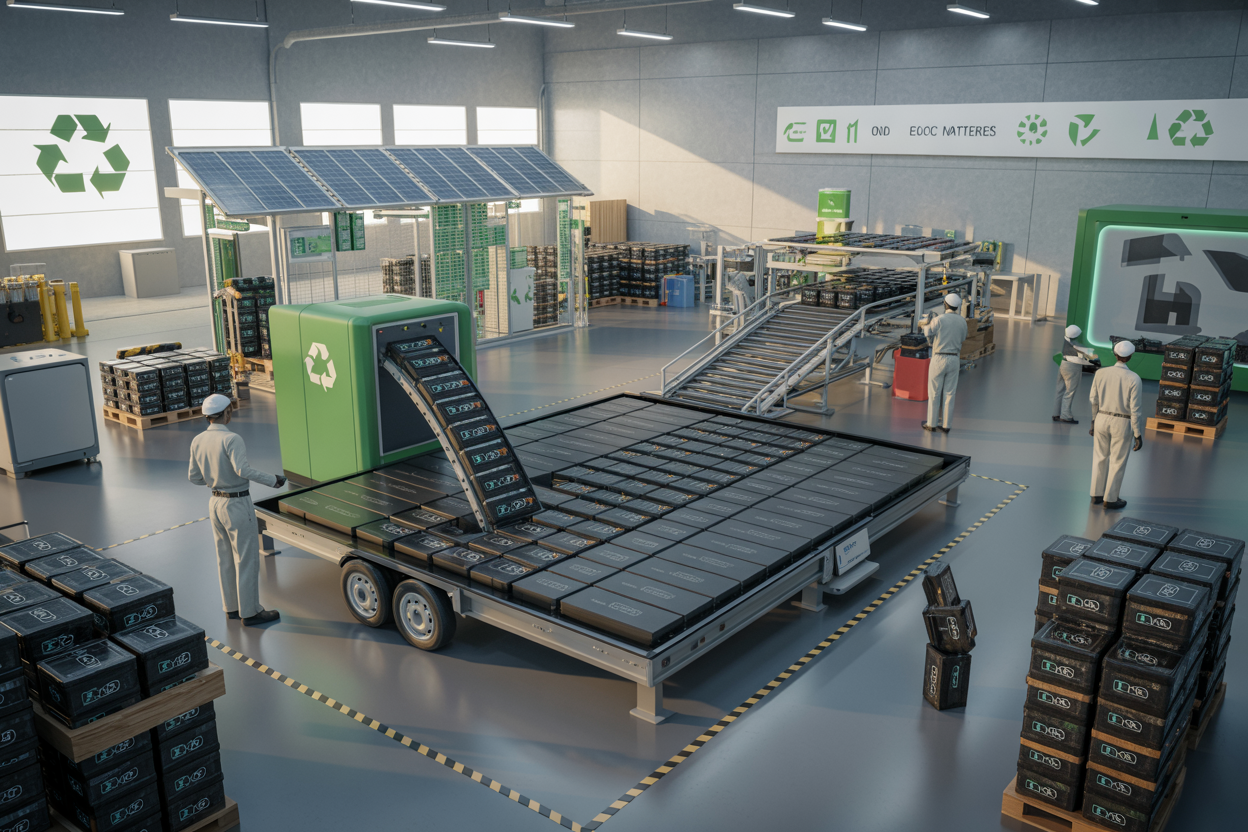
Cobalt-Free Formulations Address Ethical and Supply Chain Concerns
The development of cobalt-free battery chemistries represents a crucial advancement in sustainable battery manufacturing, directly addressing the ethical concerns surrounding cobalt mining in regions like the Democratic Republic of the Congo. These mining operations have historically lacked safe labor standards while contaminating local water sources and causing negative public health outcomes.
Direct-to-Battery Recycling Recovers Materials Without Waste
Direct-to-battery recycling processes enable recovery of critical materials like lithium, nickel, cobalt, and graphite from end-of-life batteries without degradation. According to industry research, the metals in batteries don’t change or degrade during recycling, allowing recycled materials to create new batteries without any performance tradeoffs. This circular approach can produce 80% fewer emissions than traditional mineral extraction while potentially supplying 60% of cobalt, 53% of lithium, 57% of manganese, and 53% of nickel globally by 2040.
Battery Passports Track Chemistry and Usage for Optimal Recycling
Battery passports serve as comprehensive digital records that track each battery’s chemistry composition, usage patterns, and performance history throughout its lifecycle. This detailed documentation enables recyclers to optimize material recovery processes based on specific battery characteristics, ensuring maximum efficiency in extracting valuable materials for reuse in new battery production systems.
Closed-Loop Systems Reuse Materials from End-of-Life Vehicles
Closed-loop recycling systems create pathways where end-of-life EV batteries continuously cycle back into new battery production, minimizing dependence on primary mineral extraction. When EV batteries reach end-of-life after 10-20 years, they retain 70-80% capacity and can be repurposed for energy storage applications before final recycling, extending their useful life and maximizing resource utilization.
Next-Generation Charging Infrastructure and Smart Integration
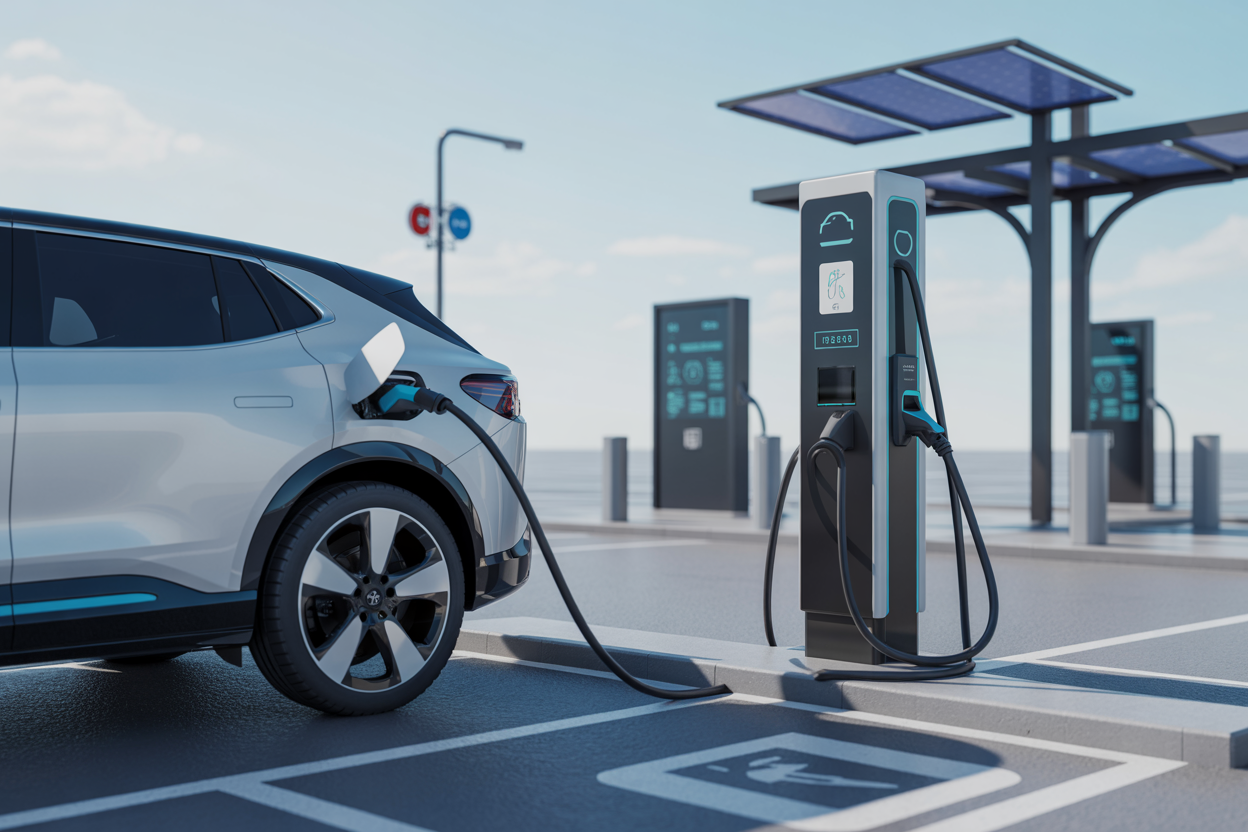
Wireless Inductive Charging Eliminates Physical Connections
Wireless charging technology is revolutionizing how electric vehicles connect to the power grid by eliminating physical charging cables. This innovative system uses pads installed in the vehicle’s underside that communicate with corresponding pads embedded in parking spaces, enabling seamless energy transfer. Honda is actively collaborating with WiTricity to develop these wireless charging systems, working alongside energy companies and aggregators to create comprehensive charging infrastructure.
Vehicle-to-Grid Technology Turns EVs into Energy Storage Assets
The wireless energy cloud transforms electric vehicles into mobile battery storage systems that can absorb excess power and store energy for future grid needs. According to BloombergNEF projections, by 2030 there will be more than 14 times as much storage capacity in electric vehicles compared to standalone systems. This technology enables consumers to earn $1,000-$2,000 annually by returning energy to the grid, while utilities benefit from accessing this vast virtual power plant of parked vehicles connected through bidirectional wireless charging infrastructure.
Industry Investment and Market Transformation

$1.2 Trillion Automaker Investment by 2030 Drives Innovation
The global EV battery plant construction market demonstrates unprecedented investment momentum, with market value projected to reach $24.0 billion by 2030, growing at 11.7% CAGR from $12.4 billion in 2024. Government incentives across the European Union, United States, and China are catalyzing massive investments in battery manufacturing facilities, with strategic partnerships between automakers and battery manufacturers driving capacity expansion initiatives.
54 Million Annual EV Production Target Accelerates Technology Adoption
With electric vehicle sales rising 25% to 17 million units in 2024, annual battery demand has surpassed the historic 1 terawatt-hour milestone. Global battery manufacturing capacity reached 3 TWh in 2024, with the next five years potentially seeing another tripling of production capacity if all announced projects materialize, supporting the aggressive EV adoption goals set by major automotive markets worldwide.
Mass Production Timeline: 2026-2030 for Commercial Deployment
The battery industry has entered a new phase characterized by economies of scale and manufacturing efficiency improvements. Chinese producers currently dominate with over three-quarters of global battery production, while the United States has doubled its battery manufacturing capacity since 2022, reaching over 200 GWh with nearly 700 GWh additional capacity under construction, positioning the industry for commercial-scale deployment.
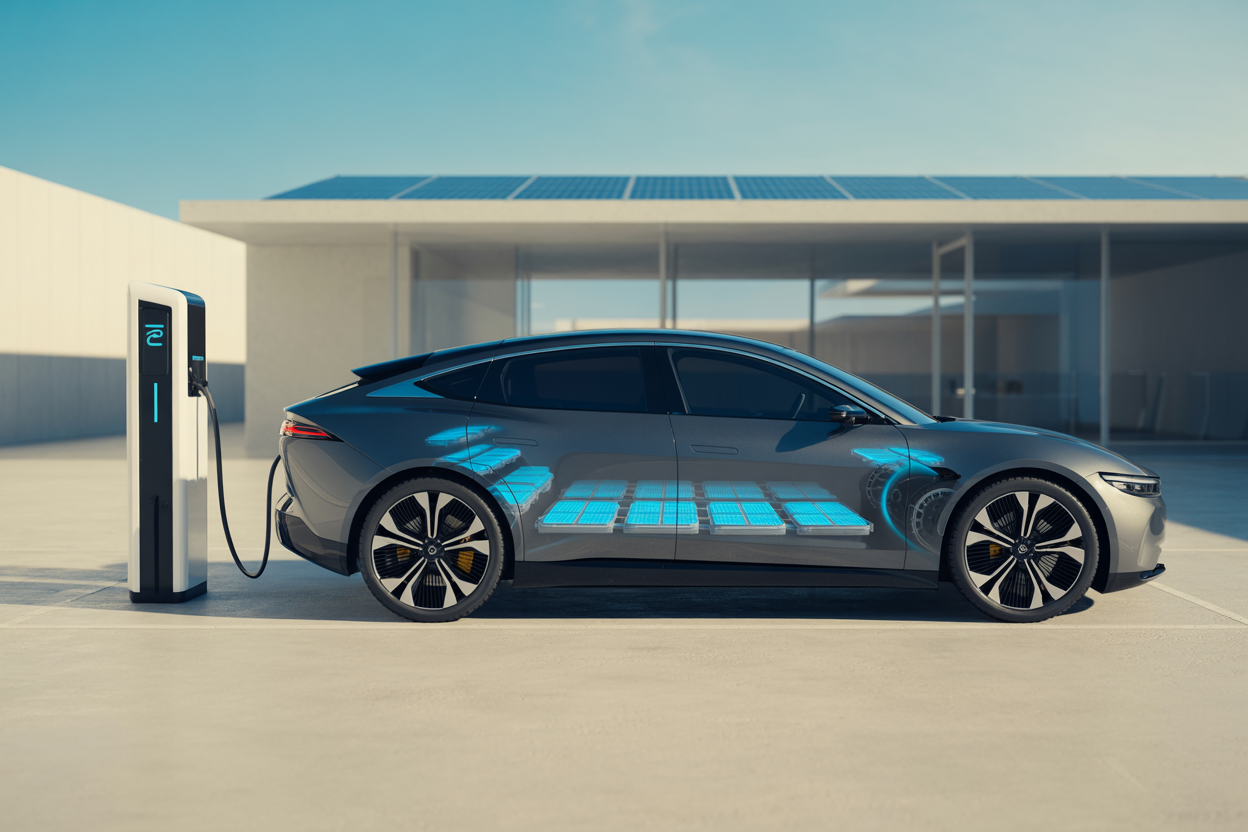
The battery innovations explored in this post—from solid-state breakthroughs to silicon anode technology and sustainable production methods—represent more than incremental improvements. They signal a fundamental transformation in how we power electric vehicles. With automakers investing $1.2 trillion by 2030 and projecting 54 million EV units annually, these technologies will reshape everything from driving range and charging speed to vehicle affordability and environmental impact.
The convergence of advanced chemistries, smart charging infrastructure, and circular economy solutions creates an unprecedented opportunity for the EV industry. As solid-state batteries reach commercial deployment between 2026-2028 and silicon anode technology delivers up to 10 times the storage capacity, electric vehicles will finally overcome the last barriers to mass adoption. The future of transportation isn’t just electric—it’s powered by batteries that are safer, smarter, and more sustainable than ever before.
Frequently Asked Questions
1. What Is Battery Tech and Why Is It Important for Electric Vehicles?
Battery tech refers to the technologies, materials, and processes used to develop energy storage systems for EVs. It’s crucial because advancements in battery tech directly improve driving range, charging speed, vehicle performance, and overall affordability of electric vehicles.
2. How Is Battery Tech Improving EV Range?
Modern battery tech uses higher-energy-density cells, solid-state electrolytes, and better thermal management systems to store more energy in the same space. This allows electric vehicles to travel longer distances per charge without increasing battery size.
3. What Are Solid-State Batteries in Battery Tech?
Solid-state batteries replace liquid electrolytes with solid materials, making them safer, lighter, and faster-charging. This battery tech innovation could offer EV ranges of 500+ miles and significantly reduce charging time.
4. How Does Battery Tech Impact EV Charging Speeds?
Advancements in battery tech, such as improved electrode design and fast-charging chemistries (like silicon anodes), allow EVs to charge up to 80% in under 15–20 minutes — making charging nearly as quick as a fuel stop.
5. Is Battery Tech Becoming More Affordable?
Yes. Battery tech innovations like cheaper raw material sourcing, better recycling, and improved manufacturing techniques are reducing costs per kWh, which helps make EVs more affordable for consumers.
6. What Role Does Battery Tech Play in EV Safety?
Modern battery tech focuses on thermal stability, fire-resistant materials, and smart battery management systems. These reduce the risk of overheating, short circuits, and fires — making EVs safer for everyday use.
7. How Will Future Battery Tech Affect the EV Market?
Future battery tech will likely deliver ultra-fast charging, longer-lasting batteries with over 1 million miles of life, and better sustainability through recycling and second-life applications — accelerating global EV adoption.


